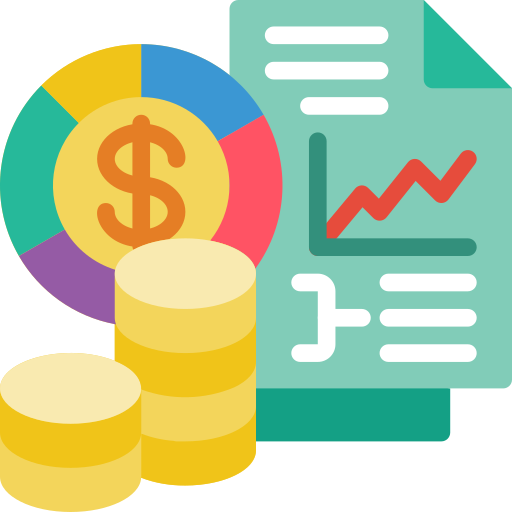Germany - Economy

How is the economy of Germany? Based on the information we have, Germany has a
leading export-driven, core EU and eurozone economy; key automotive, chemical, engineering, finance, and green energy industries; growth stalled by energy crisis and declining exports; tight labor market with falling working-age population; fiscal rebalancing with phaseout of energy price supports
. Key agricultural products in this country include: milk, sugar beets, wheat, potatoes, barley, maize, rapeseed, pork, rye, triticale (2023).More about the economy of Germany
| Labor force | 43.772 million (2024 est.) |
|---|---|
| Industrial production growth rate | -3% (2024 est.) |
| Industries | iron, steel, coal, cement, chemicals, machinery, vehicles, machine tools, electronics, automobiles, food and beverages, shipbuilding, textiles |
| Population below poverty line | 14.8% (2021 est.) |
| Taxes and other revenues | 11% (of GDP) (2022 est.) |
| Fiscal year | |
| Exchange rates | |
| Currency | euros (EUR) per US dollar - |
| Exchange rates 2024 | 0.924 (2024 est.) |
| Exchange rates 2023 | 0.925 (2023 est.) |
| Exchange rates 2022 | 0.95 (2022 est.) |
| Exchange rates 2021 | 0.845 (2021 est.) |
| Exchange rates 2020 | 0.876 (2020 est.) |
| Reserves of foreign exchange and gold | |
| Reserves of foreign exchange and gold 2024 | $377.936 billion (2024 est.) |
| Reserves of foreign exchange and gold 2023 | $322.7 billion (2023 est.) |
| Reserves of foreign exchange and gold 2022 | $293.914 billion (2022 est.) |
| Current account balance | |
| Current account balance 2024 | $267.056 billion (2024 est.) |
| Current account balance 2023 | $251.479 billion (2023 est.) |
| Current account balance 2022 | $161.759 billion (2022 est.) |
| Public debt | |
| Public debt 2017 | 63.9% of GDP (2017 est.) |
| Budget | |
| Revenues | $1.279 trillion (2023 est.) |
| Expenditures | $1.369 trillion (2023 est.) |
| Budget surplus (+) or deficit (-) | |
| Remittances | |
| Remittances 2024 | 0.5% of GDP (2024 est.) |
| Remittances 2023 | 0.5% of GDP (2023 est.) |
| Remittances 2022 | 0.5% of GDP (2022 est.) |
| Household income | |
| Lowest 10% | 2.9% (2020 est.) |
| Highest 10% | 25% (2020 est.) |
| Average household expenditures | |
| On food | 11.6% of household expenditures (2023 est.) |
| On alcohol and tobacco | 3.1% of household expenditures (2023 est.) |
| Imports | |
| Imports 2024 | $1.774 trillion (2024 est.) |
| Imports 2023 | $1.781 trillion (2023 est.) |
| Imports 2022 | $1.808 trillion (2022 est.) |
| Imports (partners) | China 12%, Netherlands 7%, USA 7%, Poland 6%, France 5% (2023) |
| Comodities Imports force | cars, vehicle parts/accessories, garments, natural gas, vaccines (2023) |
| Exports | |
| Imports 2024 | $1.774 trillion (2024 est.) |
| Imports 2023 | $1.781 trillion (2023 est.) |
| Imports 2022 | $1.808 trillion (2022 est.) |
| Exports (partners) | USA 10%, France 8%, Netherlands 7%, China 7%, Italy 6% (2023) |
| Comodities Exports force | cars, vehicle parts/accessories, packaged medicine, plastic products, vaccines (2023) |
| Real GDP (purchasing power parity) | |
| Real GDP (purchasing power parity) 2024 | $5.247 trillion (2024 est.) |
| Real GDP (purchasing power parity) 2023 | $5.26 trillion (2023 est.) |
| Real GDP (purchasing power parity) 2022 | $5.274 trillion (2022 est.) |
| GDP (official exchange rate) | $4.66 trillion (2024 est.) |
| Real GDP Per capita | |
| Real GDP per capita 2024 | $62,800 (2024 est.) |
| Real GDP per capita 2023 | $62,700 (2023 est.) |
| Real GDP per capita 2022 | $62,900 (2022 est.) |
| GDP - composition, by sector of origin | |
| Agriculture | 0.8% (2024 est.) |
| Industry | 25.8% (2024 est.) |
| Services | 63.9% (2024 est.) |
| GDP - composition, by end use | |
| Household consumption | 49.9% (2023 est.) |
| Government consumption | 21.2% (2023 est.) |
| Investment in fixed capital | 21.5% (2023 est.) |
| Investment in inventories | 0.2% (2023 est.) |
| Exports of goods and services | 43.4% (2023 est.) |
| Imports of goods and services | -39.4% (2023 est.) |
| Unemployment rate | |
| Unemployment rate 2024 | 3.5% (2024 est.) |
| Unemployment rate 2023 | 3.1% (2023 est.) |
| Unemployment rate 2022 | 3.2% (2022 est.) |
| Youth unemployment rate (ages 15-24) | |
| Total | 6.7% (2024 est.) |
| Male | 7.4% (2024 est.) |
| Female | 5.9% (2024 est.) |
All Important Facts about Germany
Want to know more about Germany? Check all different factbooks for Germany below.









